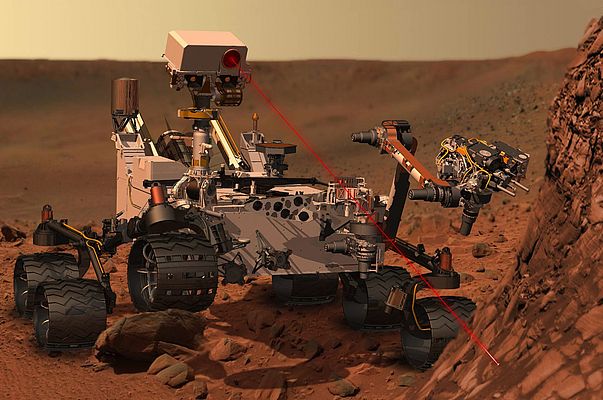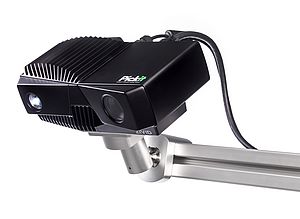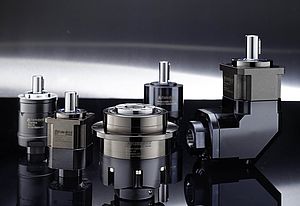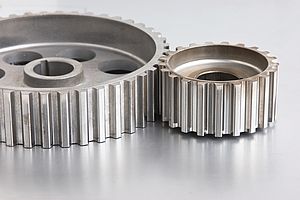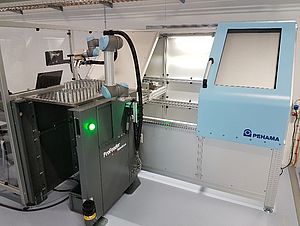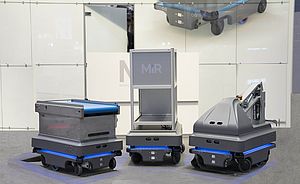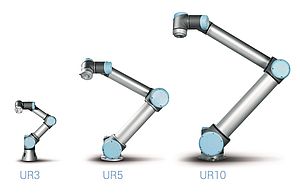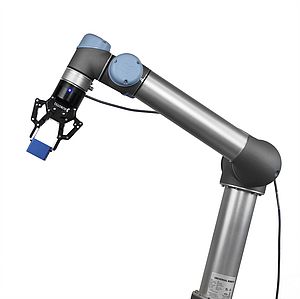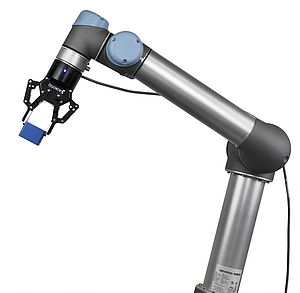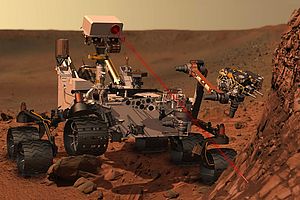The Curiosity rover that landed on Mars in early August features the largest, most advanced scientific payload of any Mars mission yet and, as in previous missions, Kaydon Reali-Slim thin section bearings were selected for a range of tasks. These components have a proven track record for saving space and weight without compromising performance. Indeed in the UK and wider Europe, Kaydon's sole UK representative R. A. Rodriguez, regularly supplies Reali-Slim bearings to the aerospace and defence sectors for a variety of mission critical applications.
The five pairs of duplexed bearings specified for Curiosity operate in two important areas: a mechanism for preparing rock material samples for analysis and supporting the steering actuators for the rover's wheels. One pair of Reali-Slim bearings is in the Collection and Handling for In-Situ Rock Analysis (CHIMRA) system, one of a number of devices mounted on a turret at the end of the robotic arm. These angular contact bearings with a 3 inch outside diameter are a key part of a mechanism that prevents clogging of the primary sieve so that rock samples can reach the analytical instruments.
The rover was designed, developed and assembled by the Jet Propulsion Laboratory (JPL) and its engineers decided early on that thin section bearings were the best way to handle the load in the small space available and effectively built the remaining design around them. The other four sets of Reali-Slim bearings have a 7 inch outside diameter and a 6 inch bore. They support the steering actuators on Curiosity's four corners and relieve some of the load at these points, a critical factor during landing. They too are angular contact in type and fitted in duplex pairs with races and balls of 440C stainless steel and a built-in preload.
JPL requested that the bearings should all be shipped dry, including the phenolic separators, so they could apply a space-rated lubricant that would not become viscous in the extreme cold or evaporate in the thin atmosphere. Curiosity begins taking samples this month and for the next 23 months will send data, images and a variety of scientific observations back to Earth.


